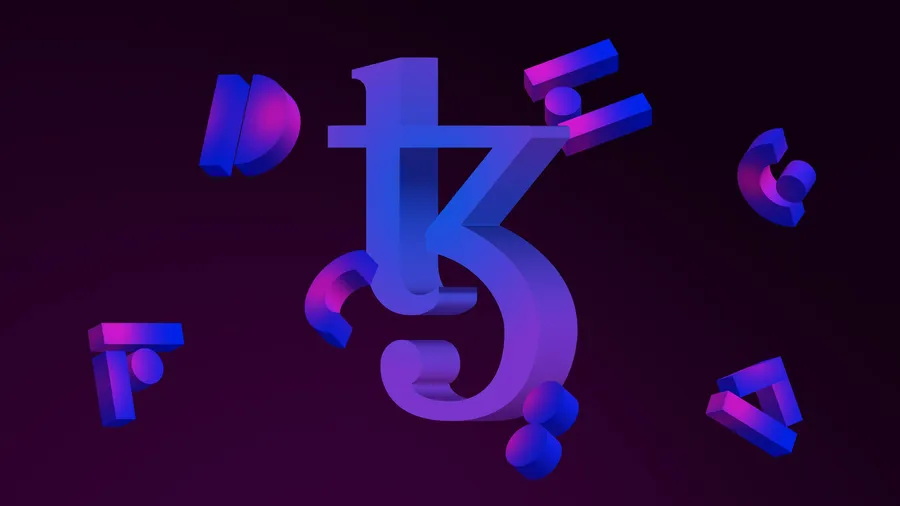What is the Nano (NANO) cryptocurrency token? — Nano, fast payments, blockchain

Title: The Unvarnished Truth About Nano: A Crypto Security Expert’s Takedown
Subtitle: Peeling Back the Layers on Nano’s Blockchain and Its Fast Payments Promise
Introduction:
I’ve seen my fair share of blockchain train wrecks, and when it comes to the Nano cryptocurrency token (NANO), dear readers, I’ve got some unvarnished truths to serve up. So buckle in as we dive into this high-speed crypto rollercoaster that promises fast payments but might just leave you with a stomachache.
Fast Payments: A Promising Proposition, But at What Cost?
Let’s start with the basics: Nano bills itself as a digital currency for “fast, feeless payments.” The idea is enticing – no transaction fees and instantaneous transfers. Who doesn’t want that?
Here’s the rub: to achieve these lightning-quick payments, Nano uses an open representational state transfer (ORST) consensus algorithm. In layman’s terms, it does away with traditional blockchain architecture, which relies on miners to verify and record transactions. Instead, Nano employs an account merge tree that allows users to validate transactions directly, without the need for intermediaries.
Sounds great in theory, but here’s where things get sticky: this alternative approach removes a key layer of security that traditional blockchain systems provide. In other words, you might get your fast payments, but you could also be inviting some serious vulnerabilities into the mix.
Case in Point: The Great Nano Heist of 2019
Remember when I mentioned train wrecks? Well, buckle up. In June 2019, Nano suffered a major blow when hackers exploited a bug in the crypto’s code to steal $1.5 million worth of NANO tokens from Binance – one of the world’s largest cryptocurrency exchanges.
How did this happen? A vulnerability in the wallet software allowed attackers to create multiple representations of the same transaction, leading them to siphon off funds undetected. It took over six hours for Nano developers to freeze the affected accounts and halt further transactions, effectively shutting down the network during one of its busiest periods.
The NFT Scam Gone Awry: When Fast Payments Turn Fatal
Nano’s love affair with fast payments hasn’t been without its share of embarrassing moments either. In September 2021, an NFT project launched on the Nano blockchain was quickly exposed as a scam. The culprits behind the scheme managed to sell fake NFTs, netting them over $80,000 in just hours.
Why did this happen? Well, remember how Nano’s ORST consensus algorithm does away with traditional blockchain security measures? Yep, that left the door wide open for these con artists to pull off their heist at lightning speed.
Key Leaks and Other Security Snafus
Nano has been no stranger to key leaks either – a situation made all the more perilous by its lack of transaction fees. In June 2019, NANO keys worth $35,000 were found posted online by an anonymous Reddit user. How? Simple: they were stored in an unencrypted plaintext format that anyone could access.
Conclusion: The Nano (NANO) Cryptocurrency Token: Speed at the Cost of Security
Nano’s promise of fast, feeless payments may sound tempting, but it comes with some significant risks. By sacrificing traditional blockchain security measures, users are left vulnerable to hacks, scams, and other forms of exploitation.
Is Nano right for everyone? Absolutely not. It caters to a niche audience who value speed over robust security features – an approach that leaves many potential investors questioning whether the trade-off is worth it.
As always, dear readers, stay vigilant out there. The world of cryptocurrency is full of hidden dangers, and understanding the underlying infrastructure of each project you invest in could mean the difference between a profitable portfolio and a disastrous financial loss.









